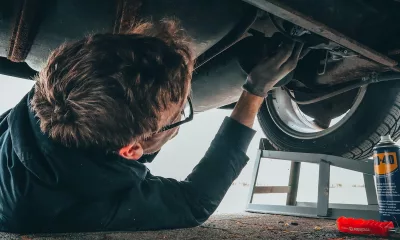
Downsizing and turbocharging have resulted in small-capacity engines delivering equivalent power and torque to larger, normally aspirated engines, with a related fuel consumption advantage.
The problem with these engines, however, is compromised driveability, especially on pull-away where lag is evident (lag is the time it takes the turbo to spool up and produce enough boost, to which fuel is then added for combustion). To circumvent the problem, the turbo compressor is connected to an electric motor rather than a turbine in the exhaust stream to supply maximum boost at all speed and load points.
UK-based Aeristech has used the techno-logy on a Mahle Powertrain-demonstrator with a 1,2-litre three-cylinder petrol engine. It now generates 313 N.m of torque with zero lag. The electric motor connected to the compressor spins the impellor to 150 000 r/min in 0,4 seconds.
Although the technology has been used before, it’s not in widespread commercial use because of the prohibitive cost of the permanent electric motor. Aeristech is positive that it has a low-cost solution to make the technology financially viable. There is, of course, another small issue in that the wasted energy down the exhaust pipe isn’t harvested, as it is with a conventional turbo.




